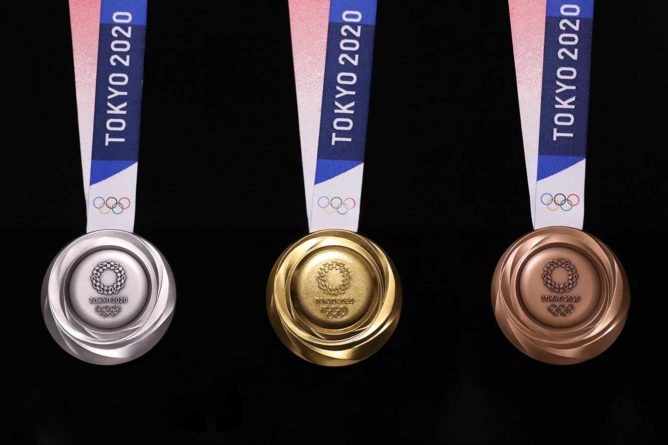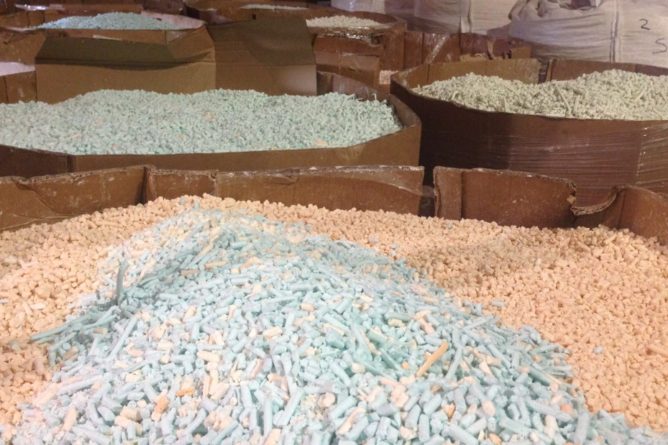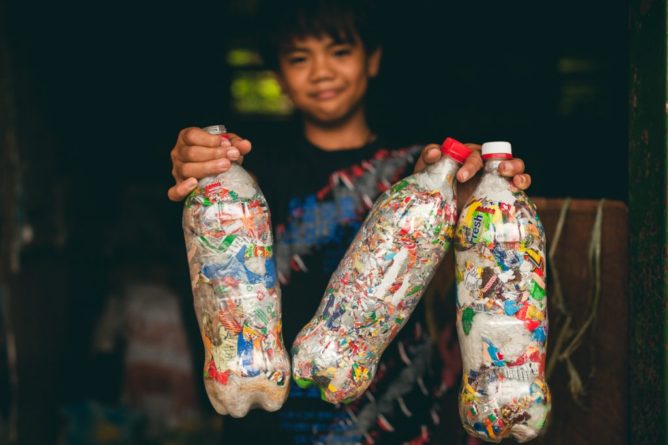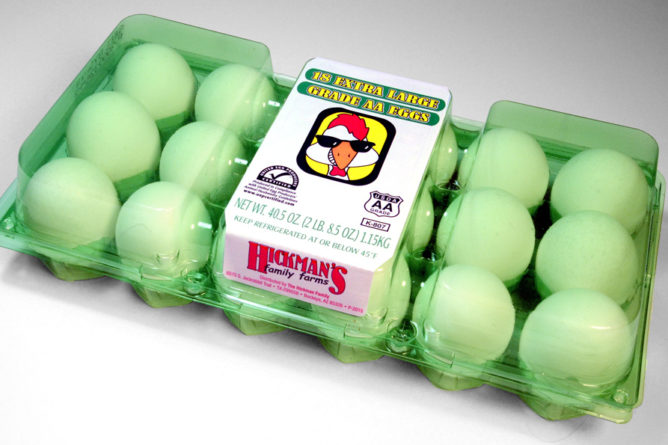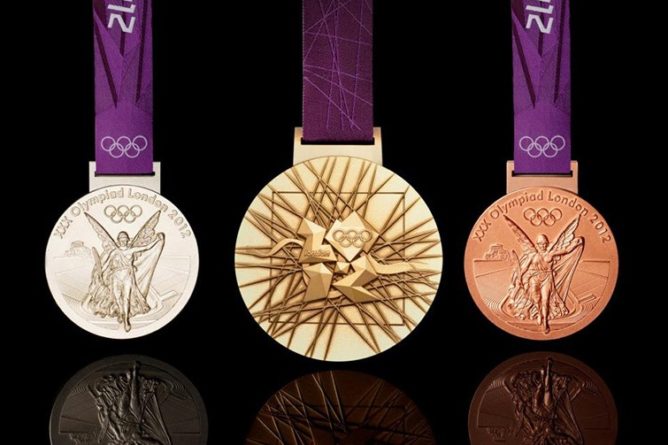In 2017, we posted about about the organizers of the 2020 Tokyo Olympics putting out a call for people to donate their old mobile phones, the materials of which were to be used to make medals. It looks like they really did hit their target, because the medals are now out and they look great!
According to the event’s official website,
The medals resemble rough stones that have been polished and which now shine, with “light” and “brilliance” their overall themes. The medals collect and reflect myriad patterns of light, symbolising the energy of the athletes and those who support them; their design is intended to symbolise diversity and represent a world where people who compete in sports and work hard are honoured. The brilliance of the medals’ reflections signifies the warm glow of friendship depicted by people all over the world holding hands.
Read more.
The gold medals contain more than 6 grams of gold plating on pure silver, while the silver medals are made from pure silver. The bronze medals, meanwhile, are made of red brass composed of 95% copper and 5% zinc.
The medals’ designs were chosen from a competition that was open to professional designers and design students, with more than 400 entries submitted. The ribbons, which use traditional Japanese design motifs, are made of chemically recycled polyester fibers that were produced with less CO2 emissions.

